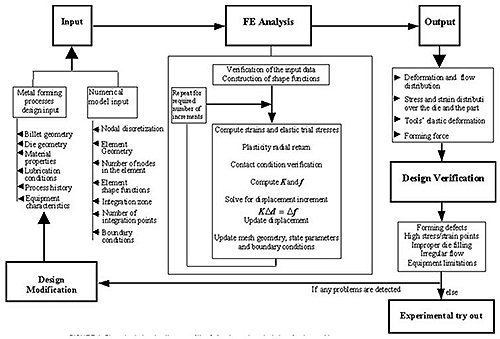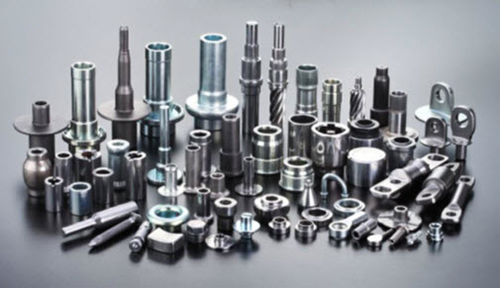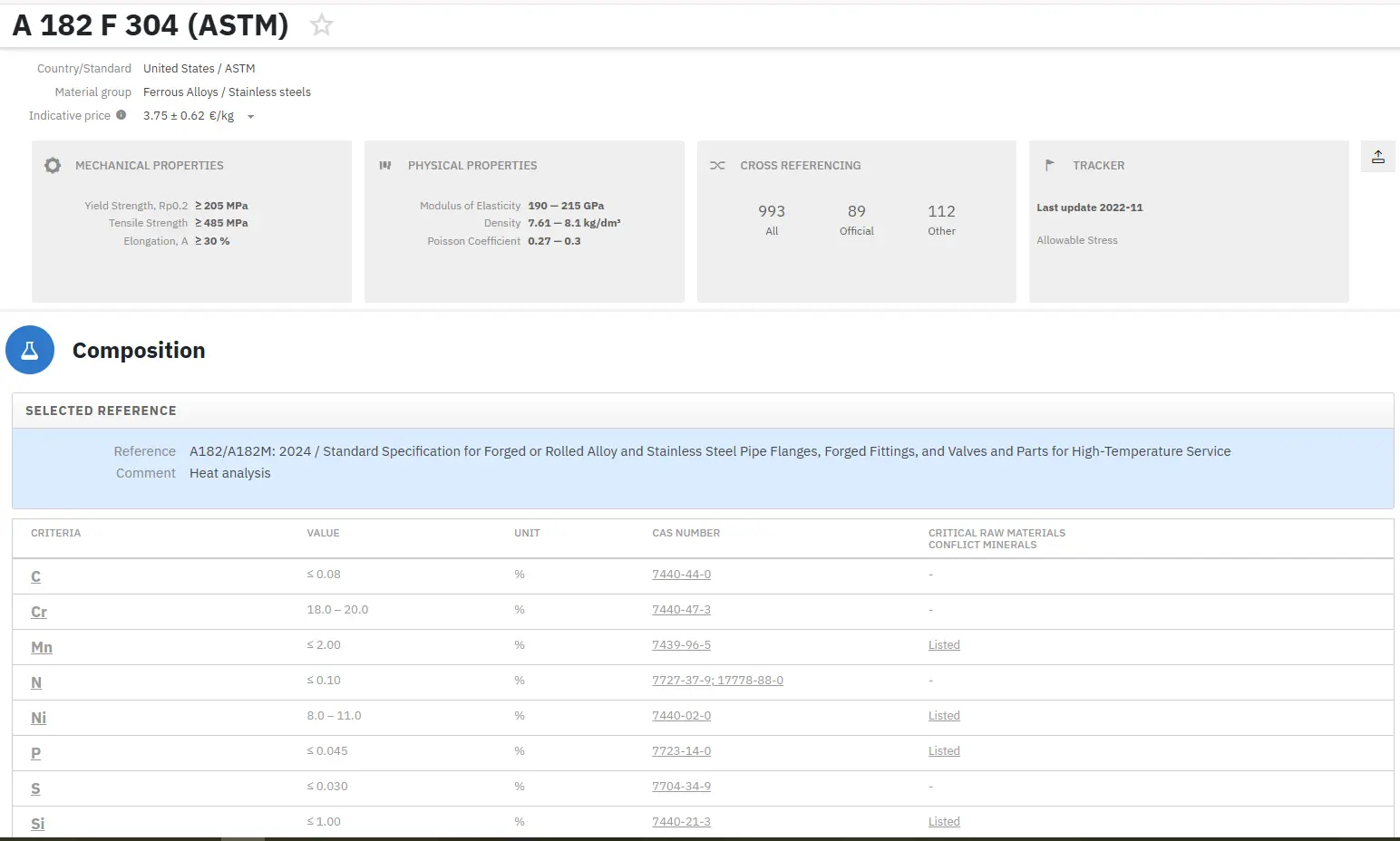The Cold Forging Process: Part Two
Abstract
Forging is one of the oldest metal working practices in existence and was primarily used as far back as 4000 B.C. to make jewelry, coins and various other items.
In the modern day however there are now a whole host of possibilities to reduce the number of issues in what is an inherently high defect forming process including micro-scale modeling techniques which compute the micro-structural evolution during the forming process.
Forging is a process in which the work piece is shaped by compressive forces applied through various die and tools. It is one of the oldest methods in metalworking operations, dating back to at least 4000 B.C. Forging was first used to make jewelry, coins and various implements by hammering metal tools made of stone. In practice there is a wide range of defects which occur during metal forming processes.
Fracture is in most cases the only defect that immediately is recognized as one. In literature there are several manners mentioned to avoid defects. Statistical process control and various physical modelling techniques are the methods that are already being frequently used in industry. Databases, expert systems and neural networks however, are not being used so often but they show great potential on defect avoidance. On the other hand, different authors made an attempt to optimize the die design and to achieve the quality of forged part, for that they have used different techniques, like FEM, Neural Network, etc.
Computer simulation has become reliable and acceptable in the metal forming industry since the 1980’s. Metal forming analysis can be performed in three modeling scales. The first scale is the global modeling, which only predicts process loads or work. Analytical methods are used for this purpose. Local scale analysis is used to estimate the thermo-mechanical variables such as strain, strain rate, and temperature.
With the extensive development in computational mechanics, numerical methods have been used as an economical alternative to perform the local modeling. Micro-scale modeling computes the micro-structural evolution during the forming process. Since global scale analysis is only applicable to simple situations and micro modeling is still incipient and only gives results for specific conditions, local modeling is the most popular approach. Among other methods, the Finite Element Methods (FEM) is widely used in metal forming analysis due to its capabilities to model the complicated geometries of tools and parts in forming processes.
One of the biggest challenges in the metal forming industry is to obtain products in the final shape and properties with minimum machining. Cold forging processes are a viable option for this purpose because the manufactured part needs little machining, small production time, and the products present mechanical strength higher than parts manufactured by other processes.
Cold forging is a process carried out below the recrystallization temperature applied to manufacture small parts with varied geometries and has the following advantages: minimum material waste, mechanical properties improvement, such as yield strength and hardness, which brings as an advantage the use of cheaper materials, very good surface finish, energy economy when compared with hot or warm forging, and tools subjected to less thermal fatigue.
In the paper of Cristina Maria Oliveira Lima Roque and Sérgio Tonini Button, is presented two forming problems. Ring compression test and upsetting simulations are presented to demonstrate the capabilities of finite element commercial software (ANSYS) to aid in metal forming design. The contact conditions are modeled by the Coulomb law with a penalty method and the multilinear elasto-plastic material model is used. Experiments are carried out to validate the modeling technique.
Figure 1 shows how finite element analysis (FEA) can be used in metal forming design. FEA can provide detailed information for forming designers such as forming force, defects predictions, flow pattern, and stress concentration in the dies. The strain output, for instance, can display strain concentration areas to identify the possible early failures in the tools or to predict formability problems.
Therefore, part fabrication design can be modified to improve a tool’s life or for simulations before experimental tests. As conclusion they noted that numerical prediction of the final shape is in good agreement with the experimental results. Flow stress was predicted properly and the stress field is in accordance with the macro etching. The method was able to predict the filling sequence.

Figure 1: Flow chart showing the use of finite element analysis in a forging problem

Figure 2: Cold Forged Parts for Automotive components
材料の正確な化学成分を即座に検索!
Total Materia Horizon には、数十万種類の材料・物質の化学組成や、その機械的・物理的特性が収録されています。

Total Materia Horizonの無料テストアカウントを開設して、120カ国以上、50万人を超えるユーザーのコミュニティに参加しましょう!